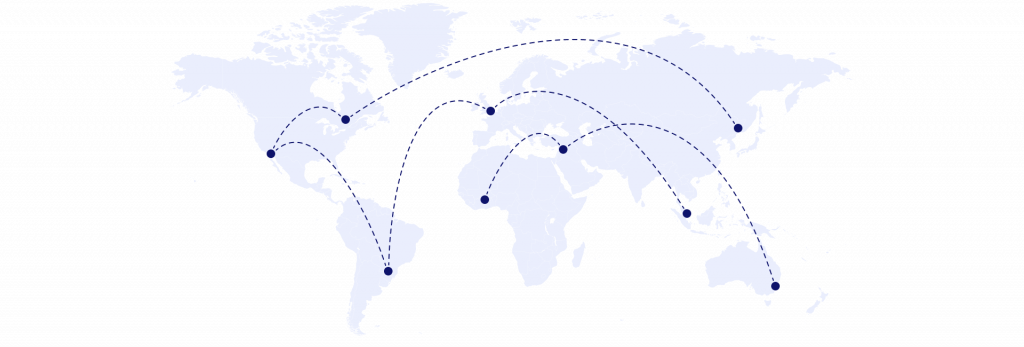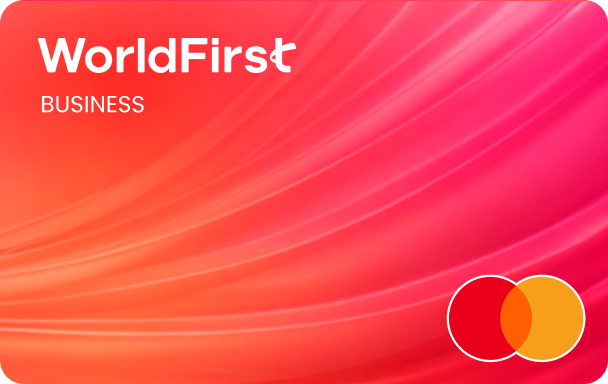Importing basics: choosing shipping insurance
Last updated: 21 May 2023
Find the best shipping insurance coverage for your convenience and price point in this article, as well as the pros and cons of each.
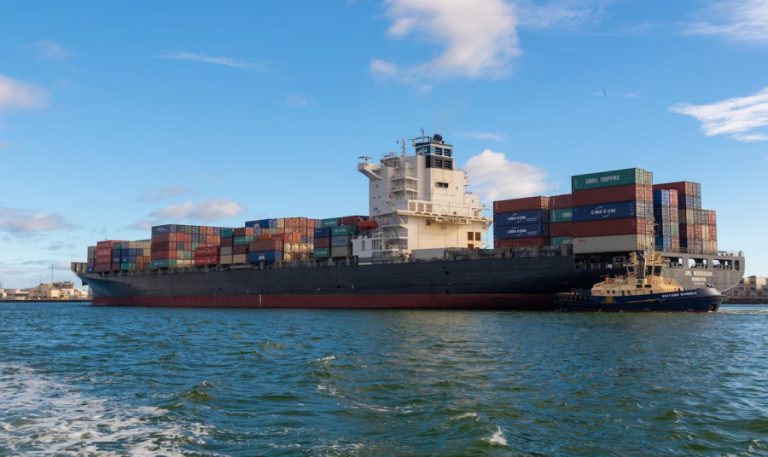
Consumers were given a rare insight into the perils of international shipping this year when the Ever Given blocked the Suez canal. After six days, the throughway was finally cleared, putting an end to the uncertainty within global trade and stock markets.
Even when international canals are flowing freely, around 1,300 containers are lost each year. What happens if you’re next? Well, when it comes to shipping insurance, it’s better to have it and not need it than need it and not have it.
In this guide, we’ll break down different types of shipping and marine cargo insurance, including what coverage they offer, the pros and cons of each and who’s responsible at any one time. Read on to learn more.
- The different types of shipping insurance and what they cover
- What’s not covered by shipping insurance
- Shipping insurance pros and cons
- How else can you protect yourself?
Table of Contents
The different types of shipping insurance and what they cover
CIF – Cost, Insurance and Freight
Cost, Insurance and Freight is a type of marine cargo insurance where the seller is responsible for all costs and risks until the goods arrive at the buyer’s port.
This means that the seller has liability during transit, loading, and marine (or rail, sea, or road) transport –– all the way until the goods have arrived at the buyer’s destination country.
The buyer only becomes responsible for the remainder of the journey: starting during the unloading process and ending at the buyer’s final destination (like a shopfront or warehouse).
FOB – Free on Board
Free on Board is a similar type of marine cargo insurance. However, the transfer of responsibility occurs slightly earlier in the logistical plan. The seller is responsible for the risks and associated costs of loading the vessel for dispatch from the country of origin. Associated costs include arranging for transit and loading fees.
However, once goods have been loaded (technically as they pass the ship’s rails in the origin country), the buyer immediately assumes responsibility for the remainder of the journey.
GIT – Goods in transit
As its name suggests, goods in transit (GIT) shipping insurance protects goods only while they’re travelling. For example, your goods arrive at a port and you need to transport them to your warehouse.
You, or your haulage company, will use a GIT policy to protect them while unloading and the final leg of the journey.
Learn more about the various incoterms on the Austrade website.
What’s not covered by shipping insurance
Marine cargo insurance covers a wide range of goods. But, for the right price, you can get almost anything insured. In general, providers won’t cover the following as standard:
- Livestock
- High-risk items like money, gemstones, precious metals, or jewellery
- Other hazardous items (for example, flammable chemicals)
- Losses resulting from poor, defective, or insufficient packaging
- Shortages in weight (especially ullage – or evaporation – of liquids)
- Delays
- Wear and tear due to natural conditions (like temperature variation)
- War and terrorism
- Government action like confiscation or requisition
Additionally, insurance providers will have a maximum value limit on goods they’re willing to cover, so if your products have high margins, you may need to shop around to find a good deal.
Moreover, providers may only cover the landed cost of the goods, while others will reimburse you up to the total retail value (though their policies will cost more). Therefore, make sure you’re clear on your indemnity in case something goes wrong.
- Open 15+ local currency accounts and get paid like a local
- Pay suppliers, partners and staff worldwide in 100+ currencies
- Collect payments for free from 130+ marketplaces and payment gateways, including Amazon, Etsy, PayPal and Shopify
- Take control of spending with the World Card, a business expense card that saves you more with 1% cashback. Learn more
- Save with competitive exchange rates on currency conversions and transfers
- Lock in exchange rates for up to 24 months for cash flow certainty
Shipping insurance pros and cons
Pro: FOB is typically less expensive
Since the burden of insurance coverage lies with the seller under CIF arrangements, they have control over who to contract for the insurance during the highest risk point of the journey (the freight journey). In turn, sellers then pass the costs onto you, leaving you paying someone else’s insurance premium.
Therefore, under FOB arrangements, you have more control over who to contract, allowing you to make savings and keep clear communications channels open along the way.
Pro: CIF is less hassle
In contrast, CIF arrangements are less hassle, as you only have to arrange coverage once the goods have arrived.
Should everything go to plan, your goods are covered right until they arrive at your port and you don’t have to worry about navigating international insurance logistics. From here, you can arrange a simple GIT policy for the remainder of the journey to your shop front or warehouse.
As a result, CIF shipping arrangements are particularly beneficial while getting started with importing as they simplify your workload until you find your feet.
Con: GIT insurance can be limited
GIT insurance policies may not include coverage for goods left in storage (since storage isn’t transit). If your goods are held up for whatever reason, you may be at risk while they’re locked away.
Although it sounds obsessive, insurance is all about safety, so it could be worth looking into arranging extra storage coverage, even if your goods aren’t even moving.
How else can you protect yourself?
Transport is only one part of the equation in shipping, and insurers rarely cover losses related to delays. So, how else can you protect your business from unforeseen circumstances?
Some platforms work with their manufacturers to offer protection policies and deliver reliable standards to their buyers. For example, Alibaba.com has a Trade Assurance policy that protects you if your product quality or delivery date varies from your manufacturing agreement.
Alibaba will help you come to a resolution — including a refund if necessary — for all Trade Assurance online orders at no extra cost. Find out more about buying from Alibaba manufacturers in our dedicated guide.
Pay international suppliers and insurance companies with WorldFirst
International trade logistics can be complicated. It’s easy to lose track between time zones, month-long delivery lead times, and pan-national shipping insurance agreements. However, one thing that doesn’t have to be complicated is paying your business partners.
The World Account from WorldFirst lets you seamlessly operate in 40+ different currencies — meaning you can pay your suppliers in their preferred currency and access reasonable exchange rates on currency, in line with your company budgeting requirements.
Disclaimer: The information contained is general only and largely our views. Before acting on the information you should consider whether it is appropriate for you, in light of your objectives, financial situation or needs. Although information has been obtained from and is based upon multiple sources the author believes to be reliable, we do not guarantee its accuracy and it may be incomplete or condensed. All opinions, estimates, mentioned products/services and referenced material constitute the author’s own judgement as of the date of the briefing and are subject to change without notice. WorldFirst shall not be responsible for any losses or damages arising from your reliance of such information.

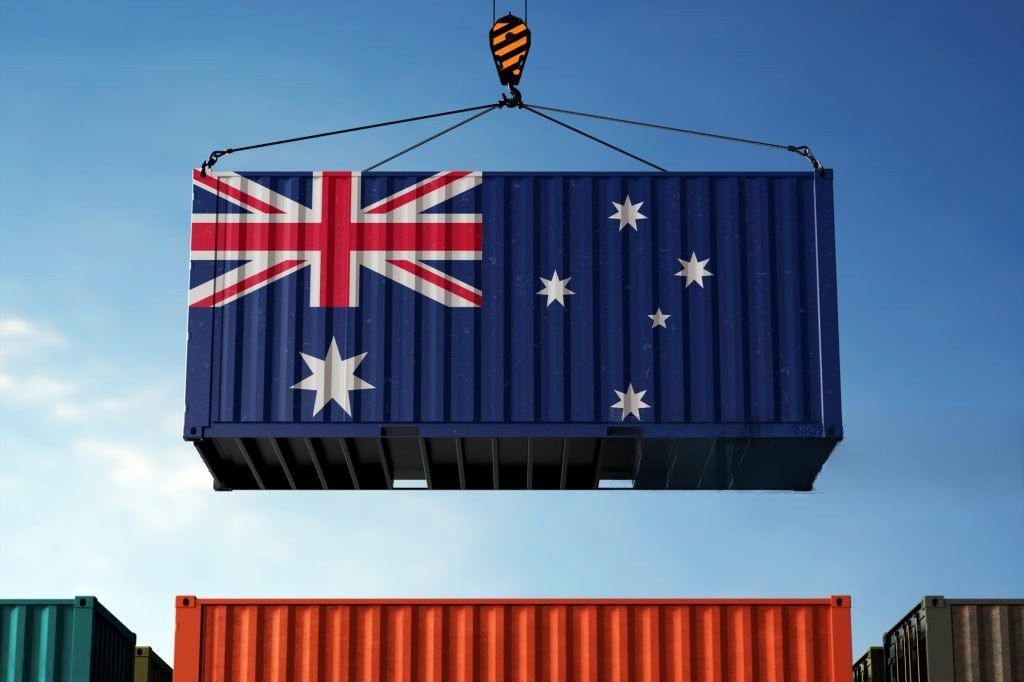
Your guide to import taxes in Australia
To help you get a better understanding of how much import taxes you’ll need to pay when bringing goods into Australia, we have put together this guide.
May / 2025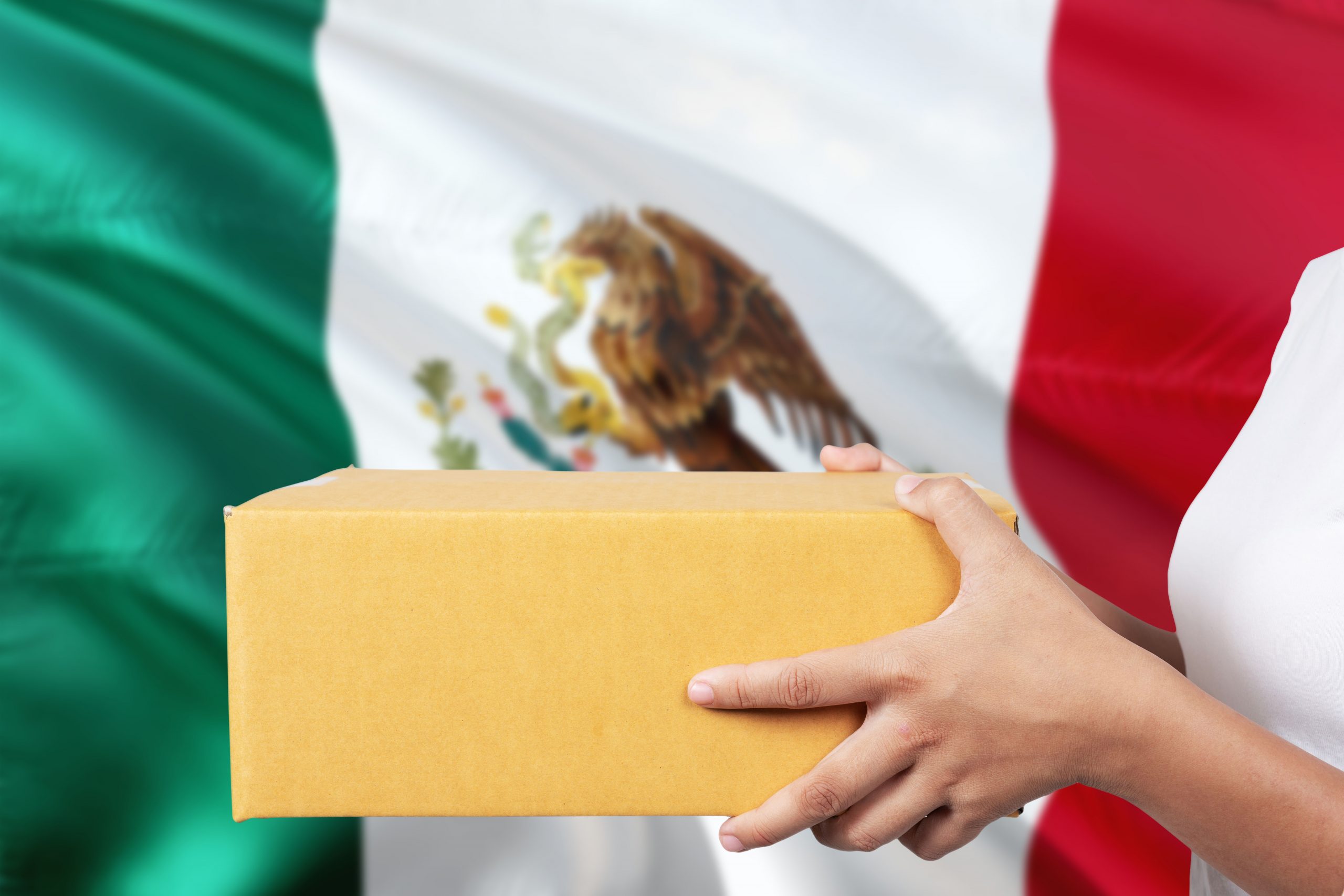
Mexico e-commerce market: your next growth opportunity | WorldFirst
Mexico offers huge potential to grow your business – especially if you can make and receive payments easily. Here’s what you need to know about expanding your business to Mexico.
Mar / 2024
Poland’s tech hubs driving business growth | WorldFirst
Discover how Warsaw and Krakow are driving business growth in Poland. Learn about their innovative tech scenes and opportunities for expansion.
Feb / 2024Choose a category below for more business, finance and foreign exchange support from WorldFirst.
- Almost 1,000,000 businesses have sent USD$300B around the world with WorldFirst and its partner brands since 2004
- Your money is safeguarded with leading financial institutions
